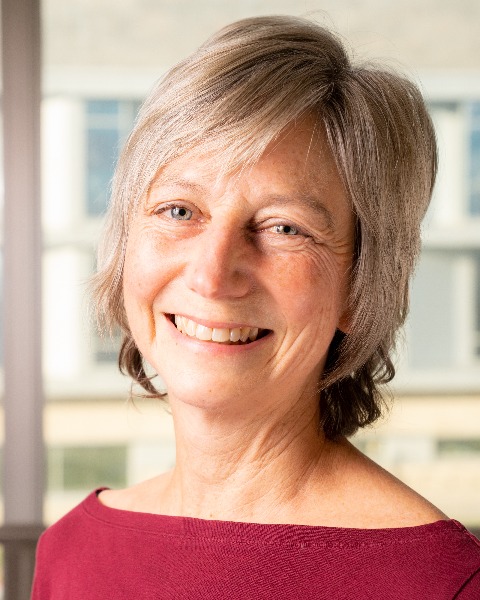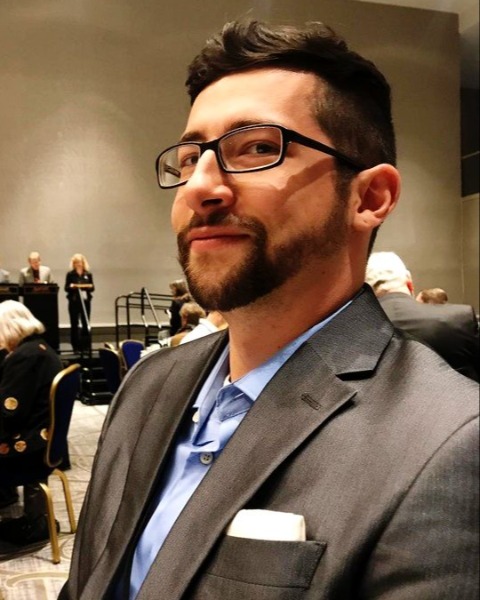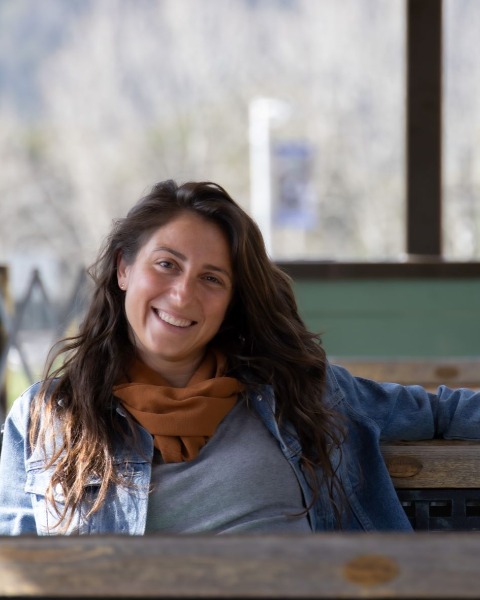Health Sciences
Neighborhoods as a Space and Place for Healthy Aging: Novel Approaches and a View of the Future
-
AR
Andrea Rosso, PhD, MPH
Associate Professor
Epidemiology
University of Pittsburgh
Pittsburgh, Pennsylvania, United States -

Yvonne Michael, ScD, SM (she/her/hers)
Professor and Chair
Epidemiology and Biostatistics
Drexel University, Department of Epidemiology and Biostatistics
Philadelphia, Pennsylvania, United States -
PD
Pamela Dunlap, DPT, PhD
Assistant Professor
Physical Therapy
University of Pittsburgh
Pittsburgh, Pennsylvania, United States -
PD
Patrick Donahue, MS
PhD Student
Department of Mental Health
Johns Hopkins University
Baltimore, Maryland, United States -

Hoda Abdel Magid, MHS, PhD
Instructor
Department of Epidemiology and Population Health
Stanford University
Stanford, California, United States -

Michael Desjardins, PhD, MA (he/him/his)
Assistant Research Professor
Epidemiology
Johns Hopkins Bloomberg School of Public Health
Baltimore, Maryland, United States -

Jana Hirsch, MES, PhD (she/they)
Associate Research Professor
Urban Health Collaborative and Department of Epidemiology and Biostatistics
Dornsife School of Public Health Drexel University
Philadelphia, Pennsylvania, United States
Chair(s)
Discussant(s)
Individual Symposium Abstract First Author(s)
The importance of neighborhood environments for health outcomes has gained increasing recognition in the past two decades. Both space (physical environment) and place (social environment) have implications for health behaviors and risk for acute events and chronic diseases. This symposium brings together a series of talks that address space (walkability, physical activity destinations) and place (racial and socioeconomic polarization) for falls and fear of falling (Pam Dunlap), physical activity behaviors (Pat Donahue), and blood pressure (Hoda Magid). The talks also advance methodology and conceptualization of space and place through use of novel exposure measurements (e.g., Google StreetView audits, spatial polarization) and more nuanced characterization of outcomes (e.g., considering risk stratification and various behavioral aspects of physical activity). Finally, we end with two talks demonstrating ways to advance methods, including the use of longitudinal data to understand long-term neighborhood exposures in relation to outcomes in older adults (Michael Desjardins) and incorporation of novel measures into existing cohorts (Jana Hirsch). These talks leverage data from a diverse range of studies including long-standing cohorts (CHS, MESA), an intervention trial, and VA nursing home data. Together, these talks further our understanding of how neighborhood environments relate to health at older ages and demonstrate the ways in which the field can advance our conceptualization of space and place as both barriers and promoters of health. Yvonne Michael will lead a discussion with the panel and audience on future directions and methodological needs for the field.
Learning Objectives:
- describe how neighborhoods may influence the health and well-being of older adults.
- identify strengths and weaknesses of the current methods in neighborhood research related to aging.
Presentations:
-
10:30 AM - 12:00 PM ETAssociation Between Neighborhood Environment and Fear of Falling and Falls Among Community-Dwelling Older Adults
Individual Symposium Abstract First Author: Pamela Dunlap, DPT, PhD – University of Pittsburgh
-
10:30 AM - 12:00 PM ETDo Nearby Physical Activity Destinations Encourage People to be F.I.T.T.?
Individual Symposium Abstract First Author: Patrick T. Donahue, MS – Johns Hopkins University
-
10:30 AM - 12:00 PM ETSpillover Effects of Residential Spatial Social Polarization and High Blood Pressure Among VA Nursing Home Residents
Individual Symposium Abstract First Author: Hoda S. Abdel Magid, MHS, PhD – Stanford University
-
10:30 AM - 12:00 PM ETImproving Longitudinal Studies of Aging in Geospatial Health: An Agenda
Individual Symposium Abstract First Author: Michael R. Desjardins, PhD, MA (he/him/his) – Johns Hopkins Bloomberg School of Public Health
-
10:30 AM - 12:00 PM ETIncorporating New Measures of Neighborhood Supports for Healthy Aging Into Existing Cohorts
Individual Symposium Abstract First Author: Jana A. Hirsch, MES, PhD (she/they) – Dornsife School of Public Health Drexel University
